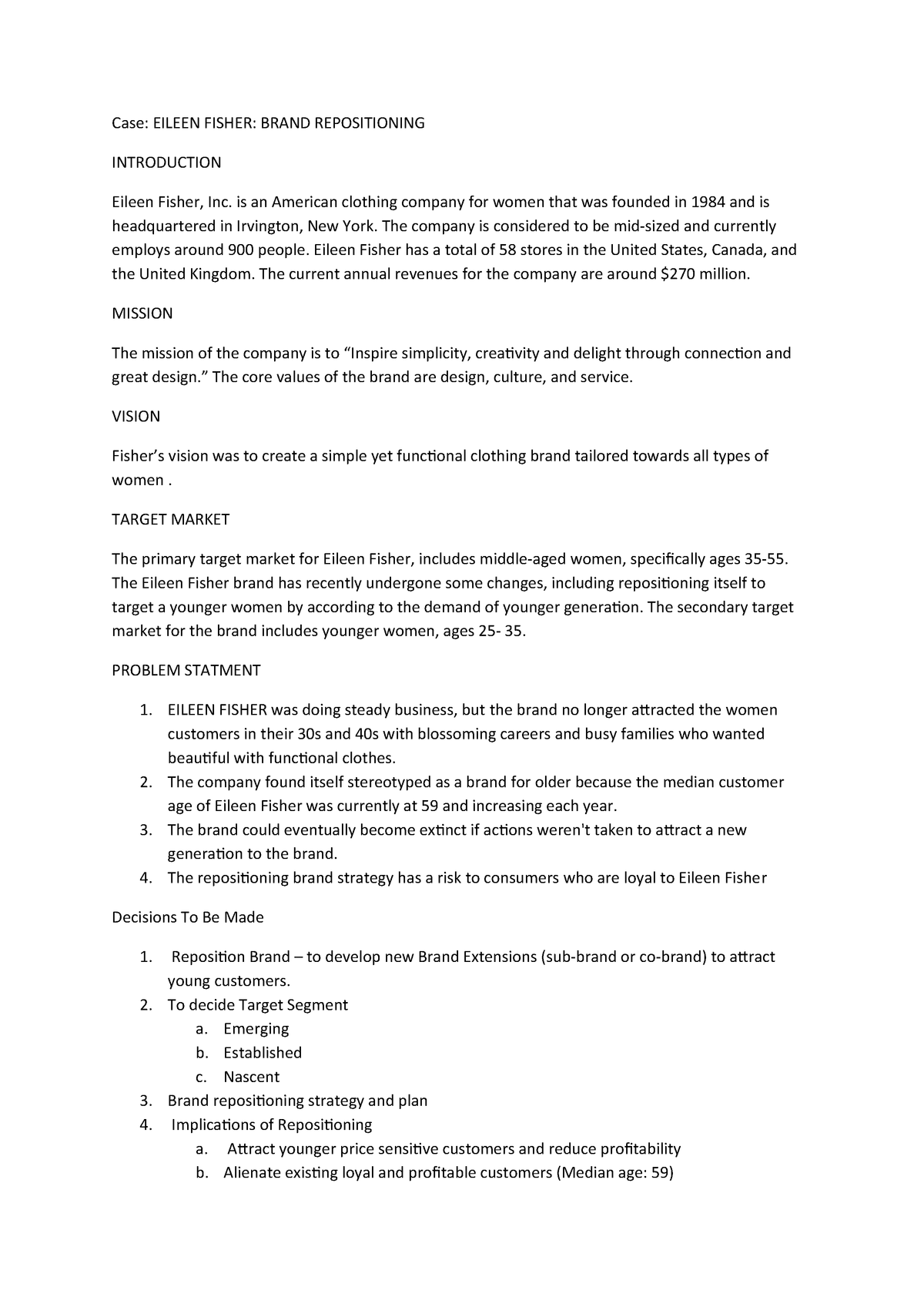
Product returns also depended heavily on manual processes, which created challenges when inventory purchased online was returned to a retail store. And because the company was unable to use inventory from all channels to fulfill orders, it risked missing out on sales opportunities when trends took off. If a customer’s preferred item wasn’t available, associates had to call other stores in the area to confirm they were carrying it - adding significant time to the customer journey. As inventory levels were only updated periodically, in-store associates had low trust in the inventory data.


In the past, Eileen Fisher managed its online, retail and wholesale businesses as separate financial entities, each with their own inventory management systems. We believe it’s essential to infuse this philosophy into everything that we do - and the digital channel is a key opportunity to bring it to life.” Also outlines the intricacies of growing a business by making bold changes to the positioning of products and brands.Keir McIntyre, Director of Direct to Consumer Technology at Eileen Fisher, explains: “Our objective is to delight our customers by empowering them to shop however they want, and make it as easy as possible to fix things if something goes wrong. How could this be achieved? Provides data on the European market for automobiles, customer segments, and positioning of Toyota vs. If yes, should he recommend a unified brand image within Europe. The new president of Toyota Europe had to decide whether there was a need to reposition the brand. However, many executives considered the different positioning and perception of the Toyota brand across Europe as a main obstacle to growth.

Early 1999 marked a turning point and Toyota publicly announced its goal to raise the European market share to 5% by the year 2005. The market share in Western Europe stood at only 3%, whereas the company had secured over 10% in other international markets such as the United States. However, on a global scale, the European market was still a weak spot for Toyota. The year 1998 was an excellent one for Toyota in Europe: The company posted record sales in 10 European countries and had topped Nissan's sales in Europe for the first time ever.


 0 kommentar(er)
0 kommentar(er)
